Gobind Sadan has long made efforts to protect its local environment, by means such as organic farming and gardening, water harvesting, and solar energy. In addition to being a unique living interfaith center, Gobind Sadan is also a natural paradise. Some new ecological projects are now underway.
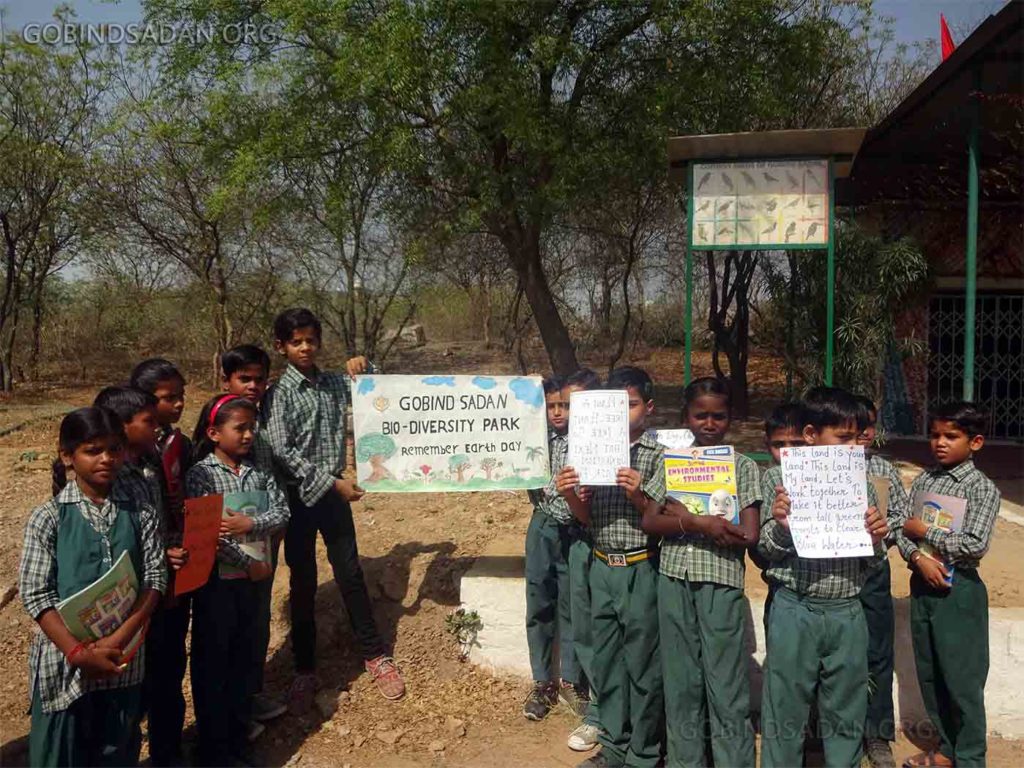
Gobind Sadan Biodiversity Park walk by schoolchildren on Earth Day
One of the new ecology projects is an effort to identify the many birds who live in “Gobind Sadan Bio-Diversity Park” and to help people know and appreciate them. So far, 75 different bird species have been identified, and many of them have been photographed. One of the staff members, Nirmal Kumar, has become quite proficient in spotting and photographing the marvelous birds who usually flit unseen through the trees here.
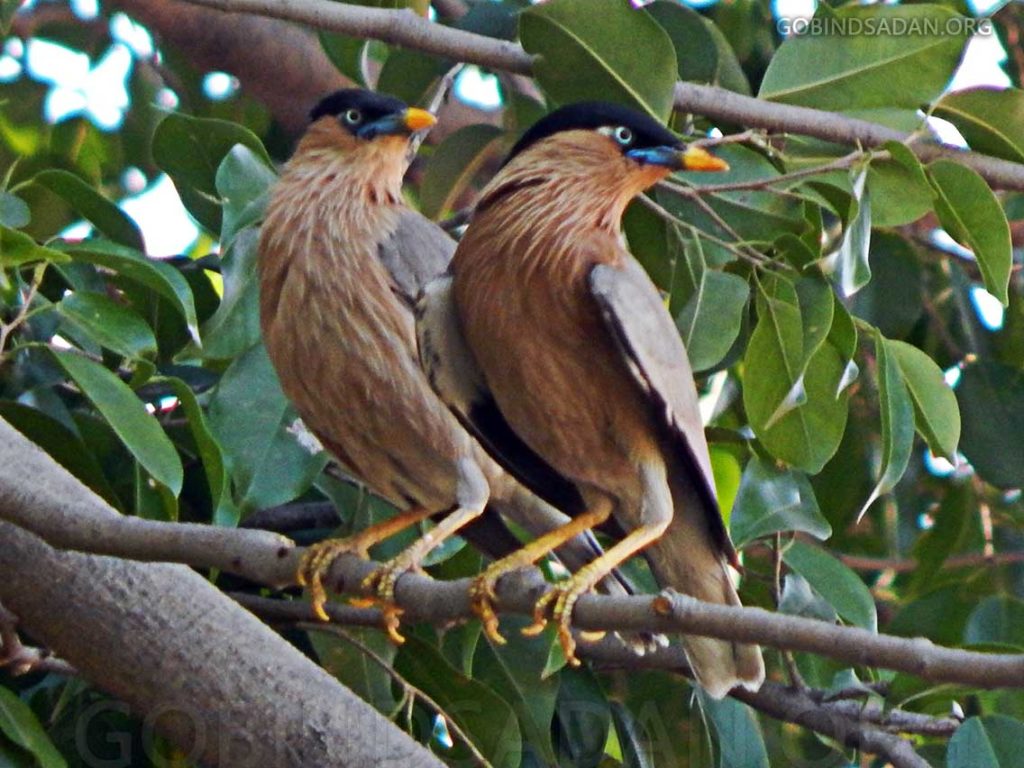
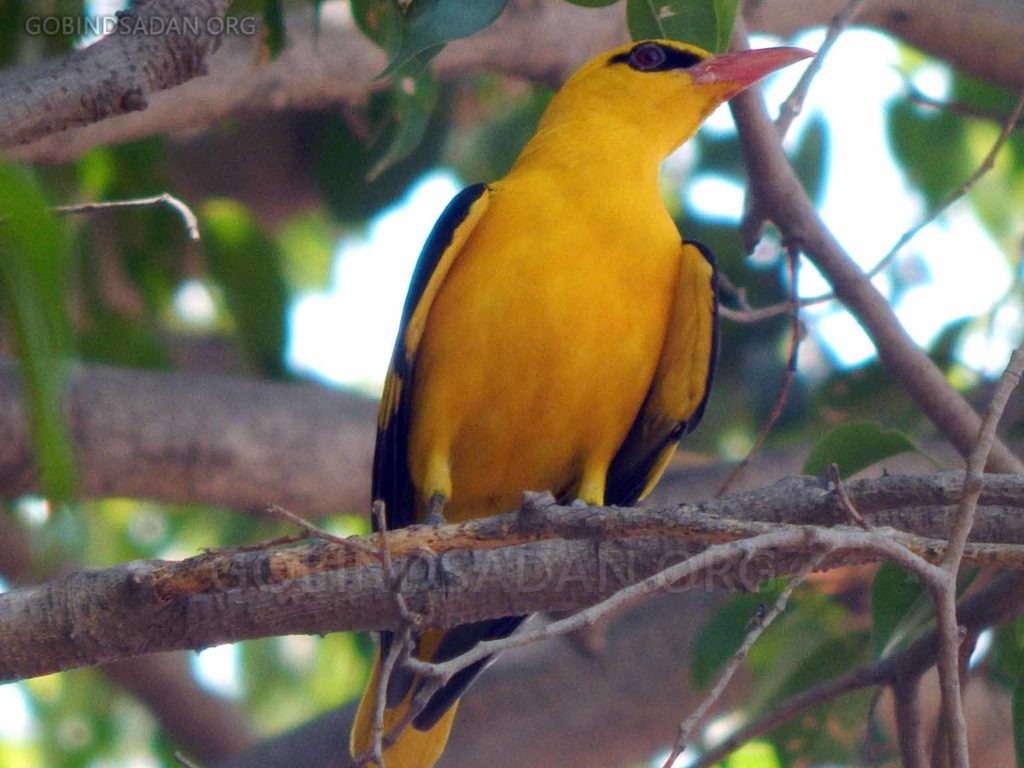
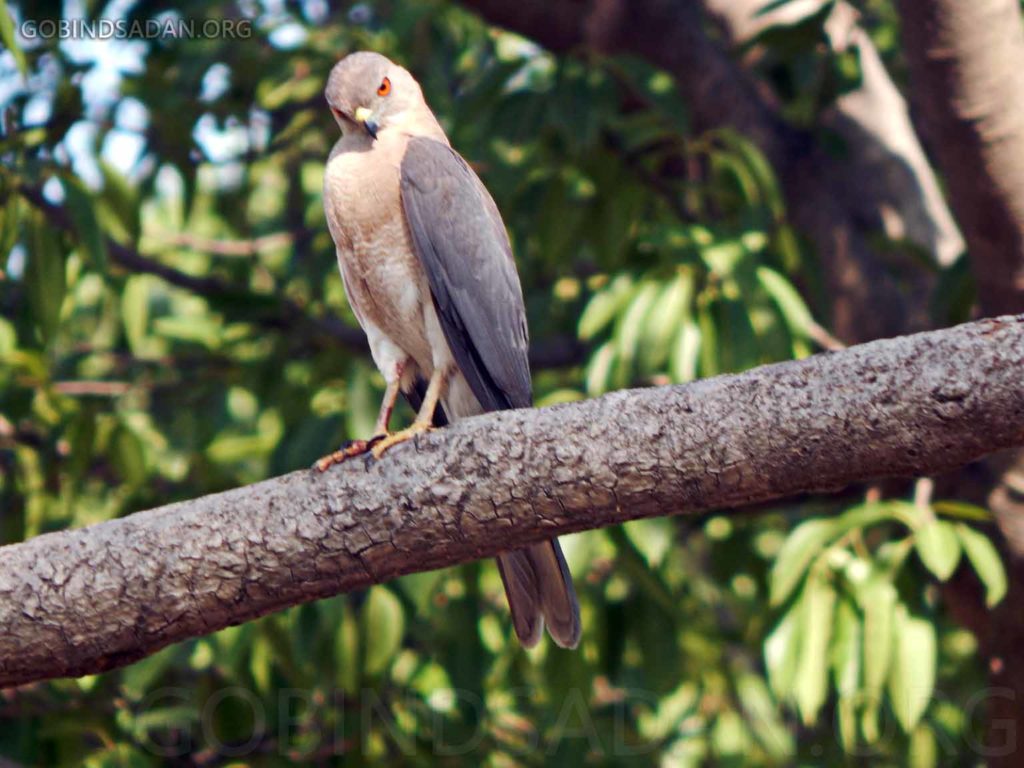

The birds feed on the small fruits of many kinds of trees that grow throughout Gobind Sadan’s extensive campus. Gobind Sadan Bio-diversity Park is home to over 60 species of trees, including hundreds of neem trees which clean the air and whose fruits and leaves are composted to help repel insects and fungi in the organic vegetable plots. Following Baba Virsa Singh Ji’s hukam and blessings, a major reforestation project was begun about 25 years ago on the hillside. Formerly a barren rocky outcropping, it is now a thriving natural ecosystem.
On 20 July, taking advantage of the monsoon rains, staff, sevadars, and children who live in Gobind Sadan planted 150 more trees in the rocky hill area. They are all useful native species that can survive in this dry, rocky area, including neem, pakaria, jamun, peepul, ficus, popri, amaltass, bargat, gullar, titili, sathoot, ballam kira, and bel pattar.
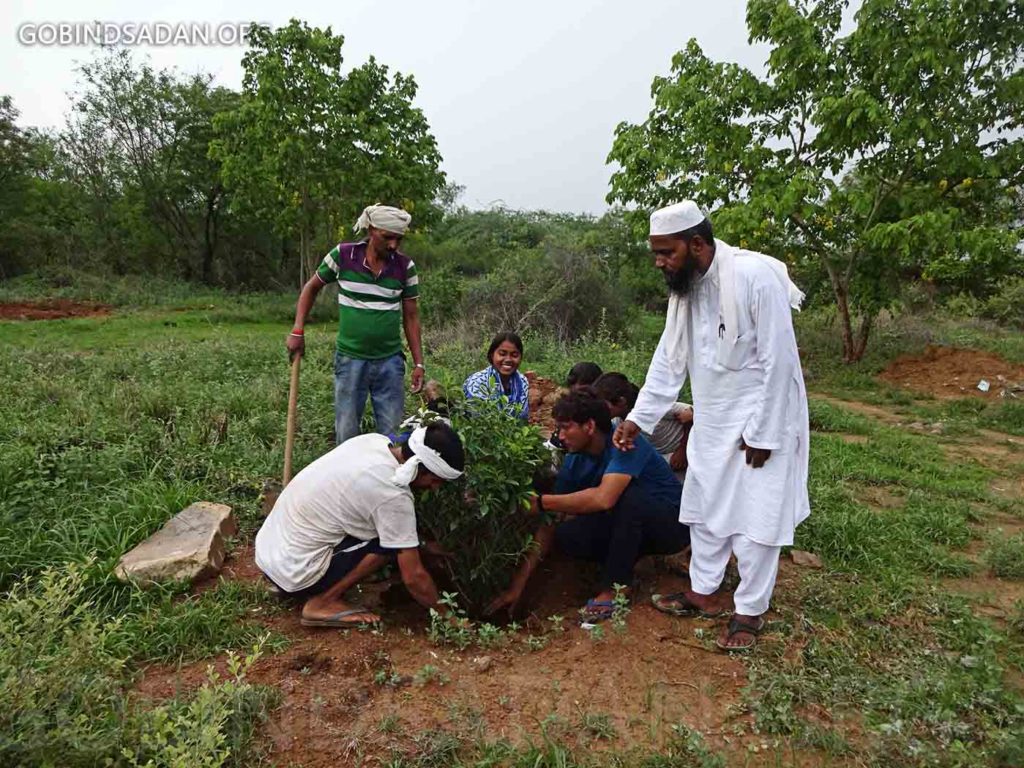
Several areas of Gobind Sadan now enjoy off-the-grid free electricity from solar installations. Another small solar project has just been completed to benefit the gardeners. It serves about 90 people with a backup capacity of 14 hours.
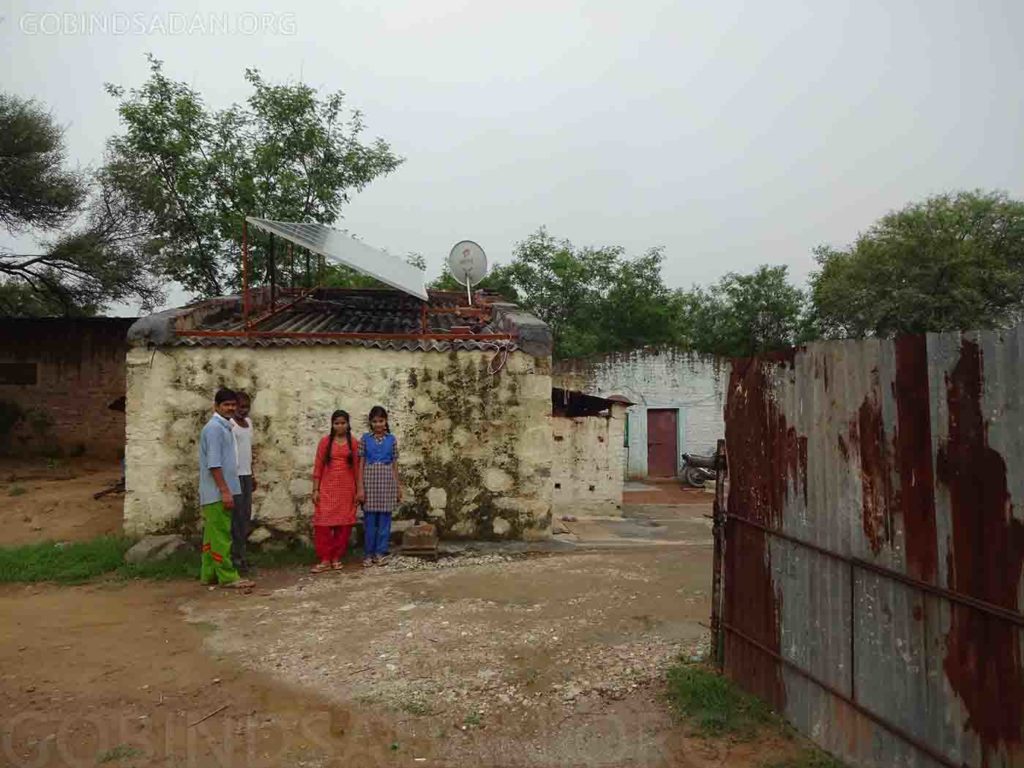
The biggest project at present is an effort to construct more water harvesting tanks and also systems for recharging the groundwater near tubewells. A huge 2,50,000 litre storage tank is under construction near Maharaj’s Angeetha Sahib to help save some of the rainwater which turns the area into a large lake during monsoon rains. In addition, many of the old dried-up borewells are near newer, deeper tubewells that have been dug. The old bores have been cleaned and pits have been dug around them. They are being filled with layers of sand and round river stones brought from Haryana to filter the surface water before sending it into the ground far below, where it will gradually make its way into the underground aquifers. Gurpuran Singh, a sevadar from Chandigarh, has donated his civil engineering expertise to help develop the water harvesting systems. He can often be seen standing in the hot sun or pouring rain to help supervise the projects.
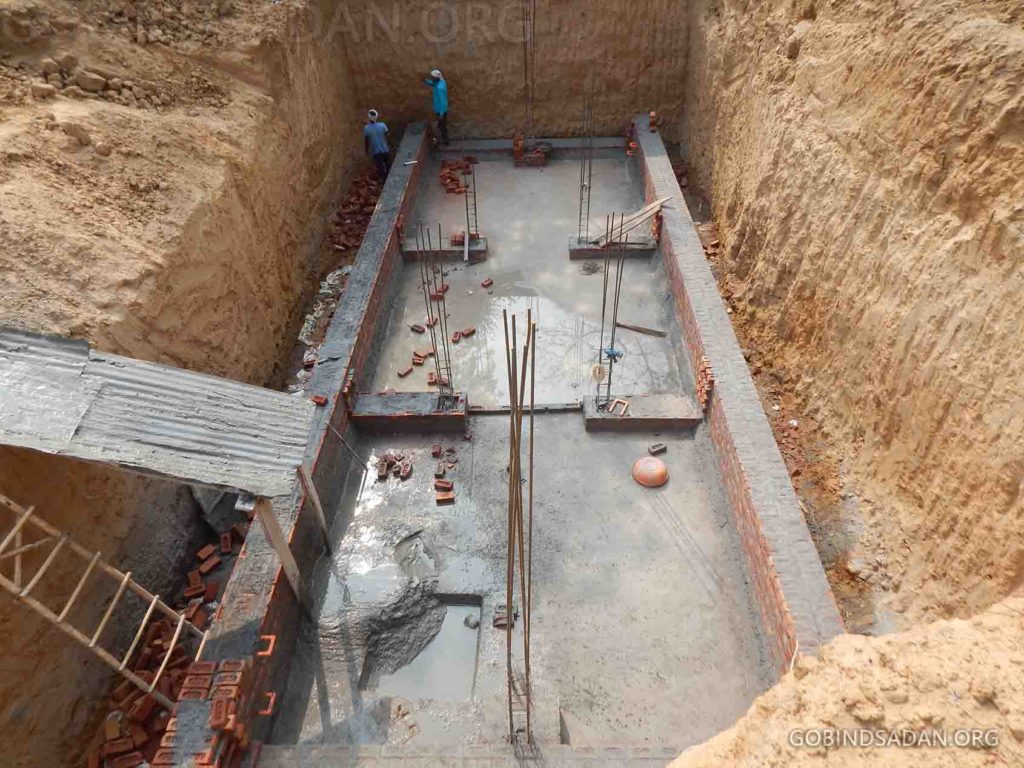
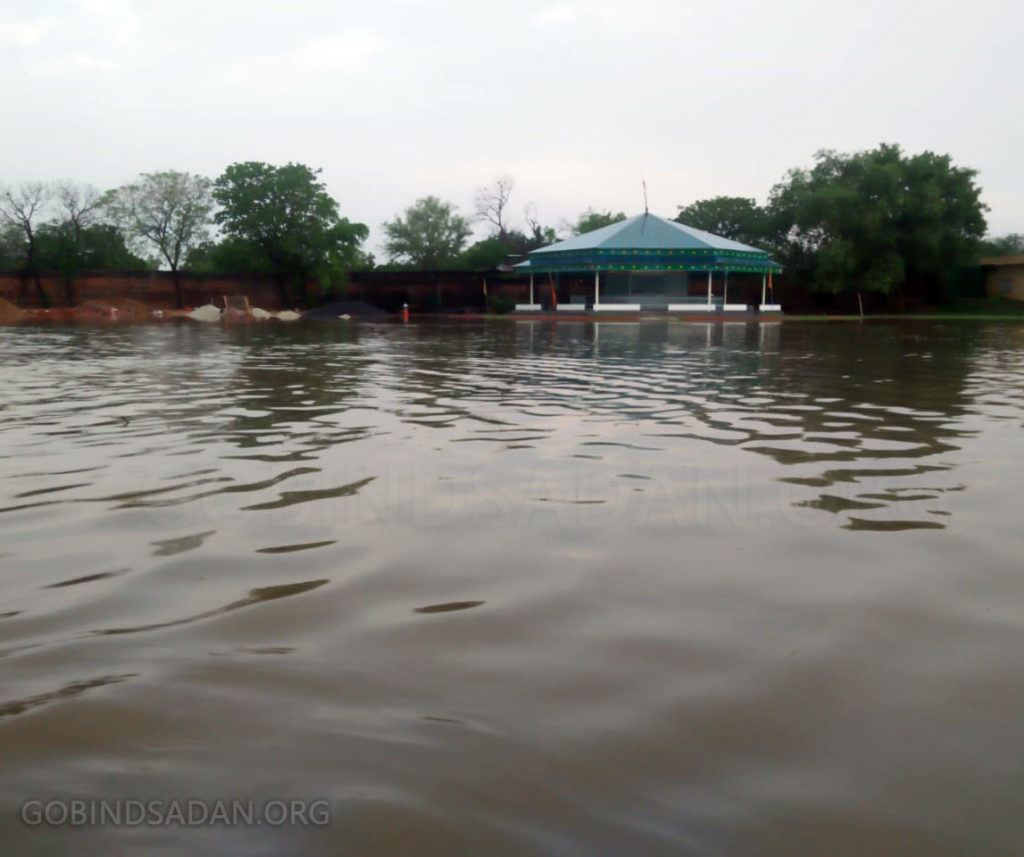
 Gobind Sadan
Gobind Sadan